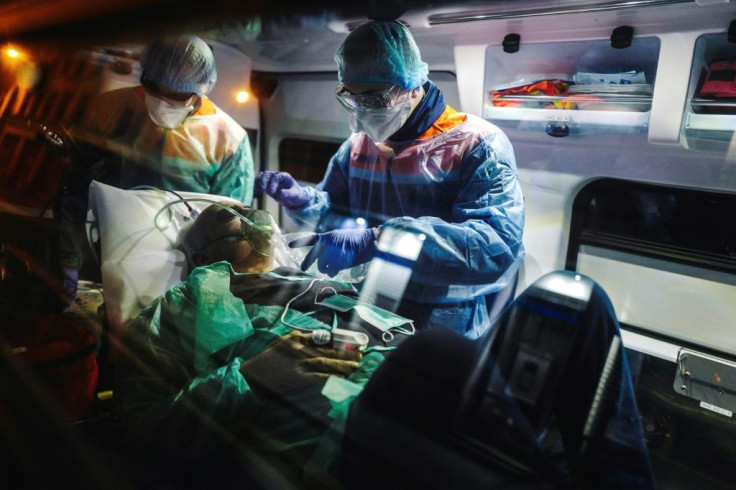Apple discusses how its COVID-19 contact tracing method will help public health officials
The original plan for contact tracing those with SARS-COV-2 involves the use of the smartphone's wireless connectivity.
Efforts to contain the spread of the coronavirus pandemic continue as countries struggle with shortages. Medical facilities are already at full capacity in some parts of the world and healthcare workers are already spread thin. Studies show that without a vaccine or drug that effectively treats the virus as of now, prevention is the only way to control transmission. As such, tackling patients and those with symptoms are crucial. Google, along with Apple, are coming up with methods to help with COVID-19 contact tracing and the latter shares how it works.
Perhaps the biggest issue that will come up is when there are false alarms. This will undoubtedly affect the accuracy of the data. If not addressed, it might not provide proper insight for researchers to analyse whether certain precautionary procedures are working or not. What Google and Apple propose is to integrate the process directly into the operating system and not via an optional app download. Nevertheless, there are some factors to consider before its implementation.
Contact tracing can help slow the spread of COVID-19 and can be done without compromising user privacy. We’re working with @sundarpichai & @Google to help health officials harness Bluetooth technology in a way that also respects transparency & consent. https://t.co/94XlbmaGZV
— Tim Cook (@tim_cook) April 10, 2020
The original plan for contact tracing those with SARS-COV-2 involves the use of the smartphone's wireless connectivity. However, in order for this to properly function, users must opt-in, enable their handset's Bluetooth, and submit a report if ever they were diagnosed with COVID-19, reports The Verge. This will allow others who have downloaded accredited healthcare apps, to automatically gather information, which is then sent to public health officials.
To help public health officials slow the spread of #COVID19, Google & @Apple are working on a contact tracing approach designed with strong controls and protections for user privacy. @tim_cook and I are committed to working together on these efforts.https://t.co/T0j88YBcFu
— Sundar Pichai (@sundarpichai) April 10, 2020
While some are quick to argue about the privacy implications, the developers point out that it uses Bluetooth Low Energy (BLE) communication between devices. Therefore, unlike GPS, it ideally does not gather location information. Nevertheless, there will be others that will be hesitant regarding this approach. Meanwhile, another shortcoming is the limitation of Bluetooth connectivity. People might be exposed to COVID-19 positive folks before the app registers a warning.

Moreover, it cannot account for those who cough or sneeze. Overall, there are still a lot of factors to consider before the contact tracing process can begin. This is in preparation for the time when government officials begin to ease the lockdowns due to COVID-19. Apple, recently announced that it is collaborating with Stanford Medicine to help first responders get a priority drive-through checkup once they show symptoms.
© Copyright IBTimes 2025. All rights reserved.





















